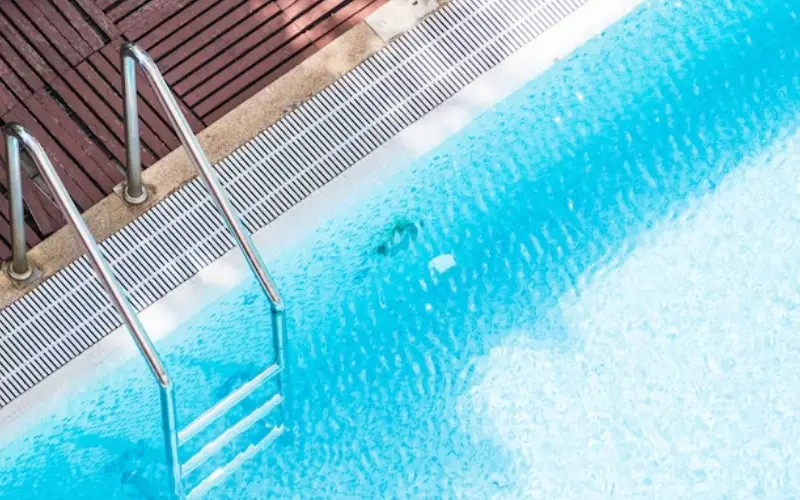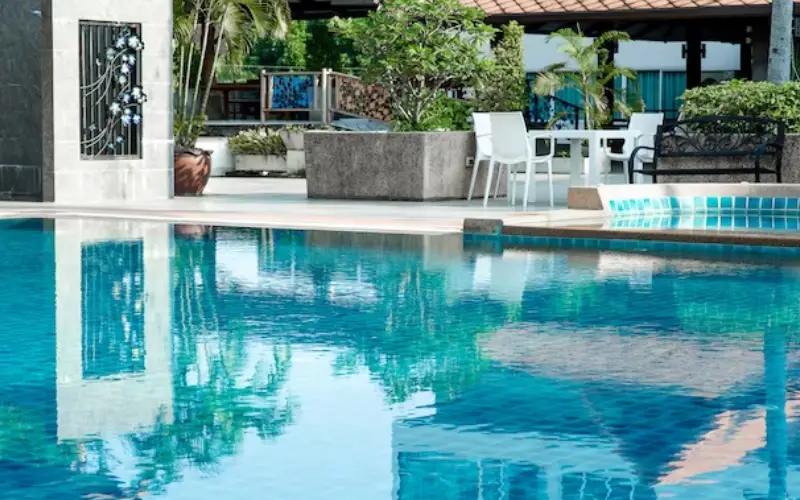The Future Of Swimming Pool Renovation: A Guide To Sustainable Designs
In today’s ever-evolving world, sustainability has become a paramount consideration in various aspects of life, including the renovation of swimming pools. As concerns about environmental conservation and resource depletion continue to rise, the importance of adopting sustainable practices in all facets of design and construction cannot be overstated. In the realm of swimming pool renovation, embracing sustainability is not just a trend but a necessity for ensuring the longevity and environmental responsibility of these recreational spaces. This guide aims to delve into the significance of sustainable designs in swimming pool renovation, exploring the techniques, benefits, and reasons behind the growing preference for eco-friendly approaches among homeowners and industry professionals alike.
Embracing Sustainability: The Key To A Successful Swimming Pool Renovation
Embracing sustainability in swimming pool renovation entails a holistic approach that considers the environmental, social, and economic impacts of every design decision. Unlike traditional renovation methods that often prioritize aesthetics and immediate cost savings, sustainable renovation focuses on minimizing resource consumption, reducing waste generation, and enhancing energy efficiency throughout the pool’s lifecycle. By choosing eco-friendly materials, implementing water-saving technologies, and adopting renewable energy sources, homeowners can transform their pools into environmentally responsible assets that contribute positively to their surroundings. Moreover, sustainable renovation practices not only benefit the planet but also promote healthier and safer swimming environments for users, thus enhancing the overall value and appeal of the property.

The Top Sustainable Techniques For Modern Pool Renovation
In modern pool renovation, several sustainable techniques have emerged as effective strategies for minimizing environmental impact and maximizing efficiency. One such technique is the use of recycled or reclaimed materials for pool construction and decking, which reduces the demand for virgin resources and diverts waste from landfills. Additionally, incorporating energy-efficient equipment such as variable-speed pumps, LED lighting, and solar heating systems can significantly decrease energy consumption and operating costs over time.
The Role Of Sustainable Designs In Swimming Pool Renovation
Sustainable designs play a pivotal role in swimming pool renovation by integrating environmentally friendly features and practices into every aspect of the project. From initial planning and material selection to construction and operation, sustainable designs prioritize efficiency, durability, and environmental responsibility. By employing passive solar design principles, for instance, designers can optimize sun exposure and natural ventilation to reduce heating and cooling loads, thereby lowering energy consumption and carbon emissions associated with pool operation.
Why More And More Homeowners Are Opting For Sustainable Renovation?
The growing awareness of environmental issues coupled with the desire for cost-effective and energy-efficient solutions has led more homeowners to opt for sustainable renovation practices. Unlike conventional renovation methods that often result in high resource consumption, pollution, and long-term maintenance costs, sustainable renovation offers a viable alternative that prioritizes environmental stewardship and long-term value. By investing in energy-saving technologies, eco-friendly materials, and water-efficient systems, homeowners can reduce their ecological footprint while enjoying lower utility bills and enhanced comfort.
Incorporating Sustainability Into Your Swimming Pool Renovation Plan
Incorporating sustainability into a swimming pool renovation plan requires careful consideration of various factors, including site conditions, budget constraints, and personal preferences. To begin, homeowners should conduct a comprehensive assessment of their existing pool infrastructure and identify areas for improvement in terms of energy efficiency, water conservation, and environmental impact. Next, they can work with experienced designers and contractors to develop a customized renovation strategy that prioritizes sustainable materials, technologies, and practices. This may involve upgrading to energy-efficient pumps and filtration systems, replacing conventional lighting with LED fixtures, or installing permeable paving to reduce stormwater runoff.
Exploring The Long-Term Benefits Of Choosing Sustainable Designs For Pool Renovation
Choosing sustainable designs for pool renovation offers a myriad of long-term benefits that extend beyond environmental conservation. By investing in energy-efficient equipment and eco-friendly materials, homeowners can significantly reduce their utility bills and operating costs over the lifespan of the pool. Additionally, sustainable designs tend to be more durable and resilient than conventional counterparts, requiring less frequent repairs and maintenance. This not only saves homeowners time and money but also ensures the longevity and performance of their investment.
Conclusion
The future of swimming pool renovation lies in embracing sustainable designs that prioritize environmental responsibility, energy efficiency, and long-term value. By incorporating recycled materials, energy-saving technologies, and water-efficient practices into renovation projects, homeowners can create eco-friendly pools that enhance their quality of life while minimizing their ecological footprint. From reducing operating costs and resource consumption to promoting healthier and more resilient aquatic ecosystems, the benefits of sustainable renovation are undeniable.

Marin Hùng, a passionate advocate for holistic well-being, is the driving force behind our health-focused platform. With a deep-rooted commitment to promoting a balanced and vibrant lifestyle, Marin brings a wealth of knowledge and experience to our health community. As a dedicated writer and wellness enthusiast, Marin’s insightful articles and expertise are at the heart of our mission to inspire healthier living.













Post Comment